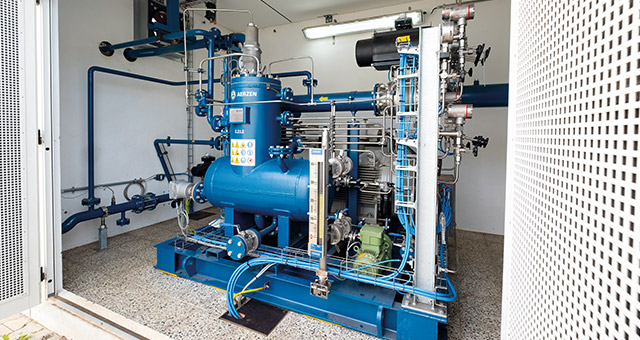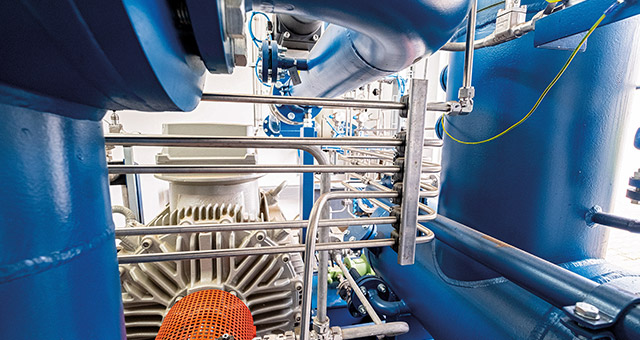Whereas smaller power plants, solar farms or wind farms can be shut down in a relatively simple manner or completely taken off the network, this is much more difficult with biogas plants. Biological processes cannot simply be stopped, which is why maximum reliability and redundancy are required for the technical equipment.
- Article Security of energy supply is what counts
Screw compressors from AERZEN feed biomethane into the gas network
Processing biogas into biomethane and feeding it into the natural gas network: this represents an effective way of storing the regeneratively produced energy source. In contrast with the direct generation of electricity from biogas on site in a block-type thermal power station, however, the producer must process the biogas into biomethane before it can be fed into the natural gas network. The local natural gas network operator is responsible for the feed-in with special equipment. One functional area here is pre-compression, for which EWE NETZ GmbH uses screw compressors from AERZEN. This process is divided into two pressure stages. In the first pressure stage assemblies from AERZEN are used, and for the high pressure range reciprocating compressors from Neumann and Esser are used.
Ensuring gas quality
As much as 700 standard cubic metres of biomethane from a biogas treatment plant in the district of Cloppenburg reach the EWE NETZ GmbH feed-in station every hour at a transfer pressure of around 100 millibar. The company is responsible for the biomethane qualities handed over, the necessary pressure adjustment and the adjustment of the calorific value for the safe feed-in of biomethane into the natural gas network. The guidelines of the DVGW (German Technical and Scientific Association for Gas and Water) must be observed. The rules and regulations specify, among other things, the methane content transferred, the limit values for carbon dioxide and hydrogen sulphide, and the water dew point. If the transferred biomethane remains within the limits, the pressure is increased from about 100 millibar to five bar by means of screw compressors from AERZEN. The local network itself is operated at a pressure of between 0.8 and 0.9 bar and supplies the connected companies and households with natural gas or injected biomethane. Christoph Benten, who is responsible for biogas feed-in plants at EWE NETZ: “The German legislative authority stipulates that when we feed biomethane into the natural gas network, we must achieve a technical availability of the feed-in plant of at least 96 percent.” For this reason, EWE NETZ GmbH maintains a redundant operation of two identical VMX 110 assemblies from AERZEN. Each of these delivers a capacity of 700 standard cubic metres per hour. “If one machine malfunctions, the second machine automatically takes over.”
Approved system solution
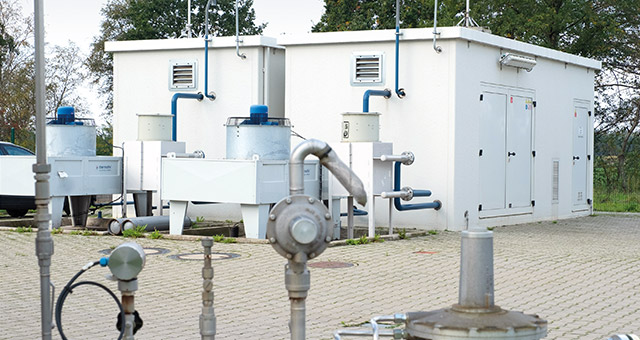
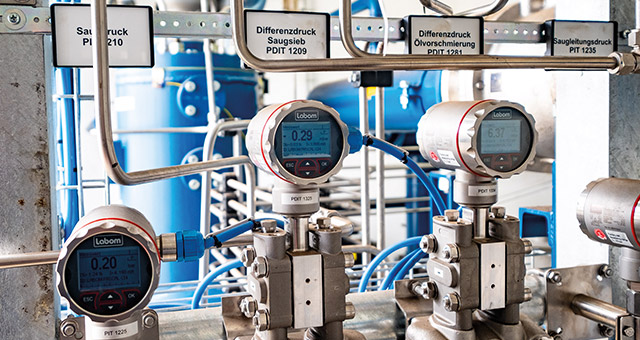
Compression of biomethane, biogas and other mixed hydrocarbon gases: this is exactly what the oil-lubricated direct-drive VMX screw compressor packages are designed for. In five sizes, the series covers volume flows of up to 2500 standard cubic metres per hour in continuous operation and delivers an overpressure of up to 16 bar. For use in the vicinity of biogas plants, the assemblies are certified in accordance with the ATEX directive 2014/34/EU and the machinery directive. The VMX series meets the latest safety standards of EN 1012-3 as well as the DVGW regulations for use in Germany.
The screw compressors are installed in the feed-in plant in the district of Cloppenburg in a compact concrete building, which is located right next to the biogas processing plant of the biogas plants. The unit is designed as a ready-to-connect system that can be put into operation quickly.
When the biomethane is fed into the natural gas network, it must be observed in which network it is fed. The local distribution network works with a maximum of 1 bar, the high pressure network with up to 70 bar. As long as intake capacities are available within the local distribution network, the AERZEN screw compressors feed in. If a bottleneck occurs, the feed into the high-pressure network is automatically activated. Then reciprocating compressors from Neumann and Esser take over. The AERZEN screw compressors remain in operation and generate the primary pressure for the high-pressure compressors. This design means that the reciprocating compressors are only used for energy reasons when the local network is no longer absorbing anything and 70 bar feed pressure is required.
Conclusion
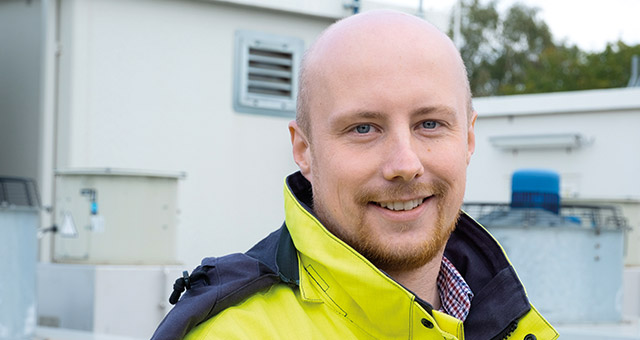
The injection of biomethane into the existing natural gas network improves the storage possibilities of biogas and the use of the generated energy independent of the location of the biogas plant. Moreover, a time-related decoupling of generation and use is possible. With a total length of 530,000 kilometres, the infrastructure of the natural gas network with the associated caverns is considered well developed in Germany. Complete system solutions for the compression and injection of gas make it easier for network operators to develop new locations.
